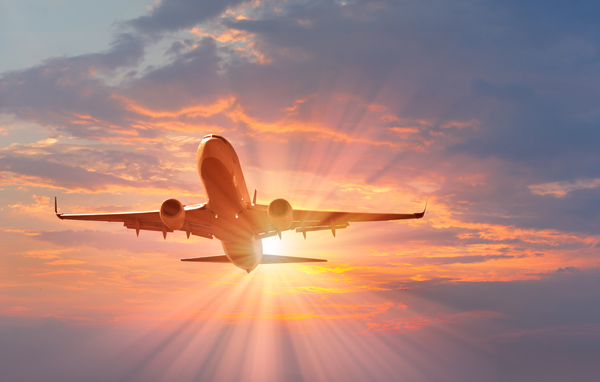More Lessons from the Airline Industry
It is not breaking news that I often turn toward the airline industry for examples of both good business practices and reprehensible business behavior. Particularly since I am writing primarily for the outdoor recreation and travel industry – and the family campground industry in particular – the airline industry is something akin to that relative from the wealthy side of the family who rarely stays in touch.
It is no secret that there is a generally low level of consumer satisfaction with the airline industry. Seats are getting smaller, fees are increasing, and fares seem to be unresponsive to lower fuel costs. When the price of crude oil fluctuates, as has been the case with recent drops, consumer prices at the pump tend to either rise like a rocket or fall like a feather. In the case of the airlines, even the feather analogy appears to be absent.
Unless you are flying out of or into a hub airport, plan on multiple flights and sometimes lengthy layovers. I just checked rates for a round-trip flight about 5 weeks in advance from Syracuse, New York to Sacramento, California. The fares ranged from $518.00 for a 14-hour flight with two stops to $1,540.00 for a 15-hour flight also with two stops. In either case, while booking through two different airlines (American vs. Alaska Airlines), the actual flights are operated by American Eagle. It almost makes no sense. If I return to the booking engine in a few days, the rates are likely to be entirely different. Without online booking and price comparisons, as well as online airfare watchdog services, non-business airline travel would probably be out of reach for most people.
In the old days prior to the airline deregulation of the 1990s, flights were booked through travel agents who earned base commissions of 10%, with bonuses for add-ons. When that was deemed to be contrary to the interests of consumers – concurrently with the onset of the Internet – companies like Expedia, Travelocity (since acquired by Expedia) and Priceline have filled the void and earn commissions on their services, which typically involve bundling flights with hotels and car rentals.
Whether booking through one of these giant online travel agencies or directly through an airline, the fees only begin with the actual airfare. When you book a flight, you are urged to upgrade to business class, pay extra to choose your assigned seating, pay extra for priority boarding, pay for checked baggage, and of course use or earn frequent flyer miles via your airline credit card. The airlines actually sell passengers “miles” that are later used for free or discounted flights. I guess when you come right down to it, buying miles is not that much different than buying a gift card at a discount – something that is most advantageous to the companies that are using consumers’ money between the time of purchase and redemption.
The question for the owners of small travel-related businesses like campgrounds becomes how to determine what can be taken from the business model of the airlines and then successfully applied on a smaller scale. The key is to choose the profit sources that will not infuriate your customer base. For example, nobody likes the ever-shrinking leg room – what the airline industry refers to as “seat pitch”, the distance between the back of one seat and the back of the seat in the previous row. Imagine the reaction if a campground consistently reconfigured its sites to become smaller and smaller, jamming one campsite as close as possible to the next.
On the other hand, there are add-on services that are likely to be broadly accepted. Campers have long accepted the fact that a larger, full hook-up, pull-thru site is going to cost more than a tent site with no hookups, and that there will be a wide range of prices in between. They also expect to pay a premium for weekends, holidays, and your prime season. Fee-based options such as private restrooms, cottage linen service, fee-based wi-fi, higher caliber arts and crafts, and late check-outs only apply to people who choose to use those premium services, and they represents opportunities for added profits.
The fee-based airline innovation that is likely to do the most for the campground industry from this point forward is be dynamic pricing. The least expensive days to fly are not coincidentally the least popular air travel days: Tuesdays, Wednesdays and Saturdays. The best day and time to buy air travel tickets is generally Tuesday at around 3:00 PM, Eastern Time, and the best time to buy domestic fares is 30-90 days prior to departure. Notice how most flights are generally booked to capacity. Dynamic pricing will provide your guests with an incentive to book early – and ensure your highest possible occupancy rates – while maximizing your income from people who wait until the last minute. Quite likely, those dynamically priced reservations will be booked through one of a variety of online booking services.
Embrace innovations that will help you to run your business more profitably, and never fear emulating successful business practices from other industries, in this case the airlines.
This post was written by Peter Pelland

